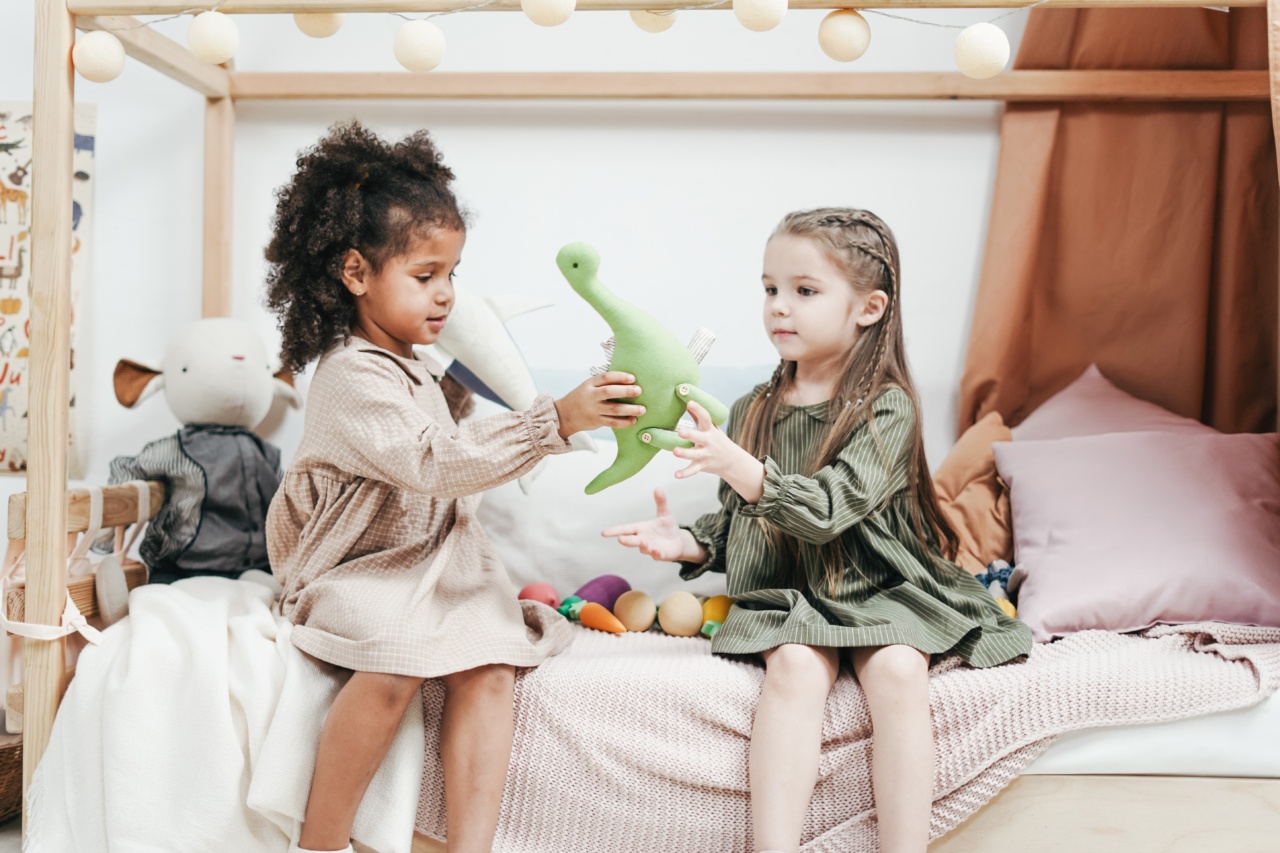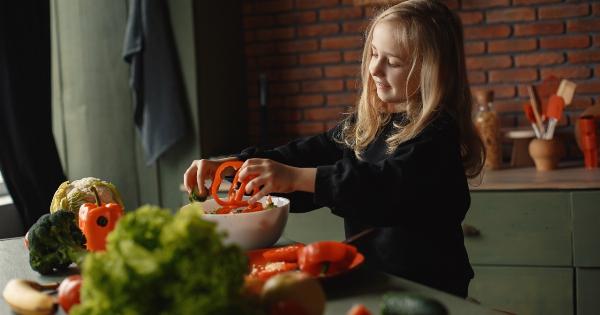Sharing a bed with your children can be a comforting and bonding experience for both the parent and the child. However, there are several risks associated with co-sleeping that parents need to consider before deciding to share a bed with their children.
In this article, we will discuss some of the risks of co-sleeping and what parents can do to mitigate these risks.
1. SIDS (Sudden Infant Death Syndrome)
SIDS is one of the biggest risks associated with co-sleeping. SIDS is the sudden and unexpected death of an infant who is younger than 1-year-old, and it is often associated with sleeping in an unsafe environment.
The American Academy of Pediatrics (AAP) recommends that infants sleep on their back on a firm and flat surface, and that they should never share a bed with anyone.
Although there are no definitive studies that suggest co-sleeping causes SIDS, research has shown that infants who sleep in the same bed as their parents are at a higher risk of suffocation, strangulation, and entrapment.
If a parent is unaware of their sleeping baby’s position, they may accidentally roll over their child, which could lead to suffocation.
2. Poor Sleep Quality
While co-sleeping can be a bonding experience for the parent and child, it can also negatively impact the quality of sleep.
Children who share a bed with their parents often suffer from disrupted sleep, waking up frequently during the night and having trouble falling asleep. Similarly, parents who share a bed with their children may have trouble sleeping due to the child’s movements and noises.
Additionally, parents who co-sleep may feel obligated to stay awake to monitor their child’s breathing and position, which can lead to sleep deprivation and fatigue.
3. Negative Impact on Marital Relationship
When children share a bed with their parents, it can cause a strain on the marital relationship. Co-sleeping can impact intimacy between partners and result in sleep deprivation, which can lead to irritability and mood swings.
To avoid this, parents should create a separate sleeping area for their child, either in a crib or on a separate bed, to ensure everyone in the family gets enough rest.
4. Dependency and Attachment Issues
Co-sleeping can cause dependency and attachment issues for children. Infants and young children who co-sleep may have trouble transitioning to sleeping on their own, and may develop separation anxiety.
This can make it difficult for parents to leave their child with a babysitter or send them to daycare.
Additionally, co-sleeping can affect a child’s ability to self-soothe when they wake up during the night, as they become reliant on the presence of their parent to fall asleep.
5. Increased Risk of Infection
Sharing a bed with your child can also increase the risk of infection. Children who co-sleep with their parents are more likely to develop respiratory infections, as the close proximity increases the risk of transmission.
Additionally, co-sleeping can also increase the risk of transmission of other infections, such as colds and stomach bugs.
One way to mitigate the risk of infection is to ensure that everyone in the family is up-to-date with their vaccinations. Parents should also regularly wash their hands and their child’s hands to reduce the risk of transmission.
6. Suffocation Hazards
Co-sleeping increases the risk of suffocation hazards. Parents who share a bed with their children may accidentally cover their child’s face with a pillow or blanket, which could lead to suffocation.
Infants who co-sleep may also be at risk of getting trapped between the mattress and a wall or headboard.
To reduce the risk of suffocation hazards, parents should ensure that their child’s sleeping area is free from any loose bedding, such as blankets and pillows.
Additionally, parents should ensure that their child’s sleeping area is away from any walls or other hazards.
7. Difficulties with Breastfeeding
While co-sleeping can make breastfeeding more convenient for mothers, it can also cause difficulties. Infants who co-sleep may become too reliant on breastfeeding to fall asleep, and may have trouble weaning from breastfeeding when the time comes.
To avoid this, parents should consider creating a separate sleeping area for their child, which can help them transition to sleeping on their own and reduce dependency on breastfeeding.
8. Risk of Overheating
Sharing a bed with your child can also increase the risk of overheating. Infants who co-sleep may be at risk of overheating if they are covered with too many blankets or if the room is too warm.
Overheating can increase the risk of SIDS and other sleep-related disorders.
To avoid overheating, parents should ensure that their child’s sleeping area is not too warm and that they are not covered with too many blankets.
9. Risk of Falls
Co-sleeping can also increase the risk of falls. Infants who sleep with their parents may be at risk of falling off the bed, particularly if the bed is too high or if there are no safety barriers in place.
Toddlers who co-sleep may also be at risk of falling while trying to climb out of bed.
To reduce the risk of falls, parents should ensure that their child’s sleeping area is safe and secure. They can place safety barriers on the side of the bed or purchase a separate bed for their child.
10. Safety Concerns for Older Children
While co-sleeping can be safe for younger children, it can be dangerous for older children. Sleeping with an older child can increase the risk of elbow, knee, and head injuries.
Additionally, older children may unintentionally kick or hit their parents while sleeping, which can cause discomfort and even injury.
Parents should consider creating a separate sleeping area for their older children to ensure everyone in the family gets enough rest and to avoid potential injuries.
Conclusion
Co-sleeping can be a comforting and bonding experience for parents and children, but it also poses several risks that parents need to consider.
SIDS, poor sleep quality, negative impact on the marital relationship, dependency and attachment issues, increased risk of infection, suffocation hazards, difficulties with breastfeeding, risk of overheating, risk of falls, and safety concerns for older children are all potential risks associated with co-sleeping.
To mitigate some of these risks, parents should consider creating a separate sleeping area for their child, ensuring that their child’s sleeping area is safe and secure, and practicing safe sleeping habits, such as placing infants on their back to sleep on a firm, flat surface.






























